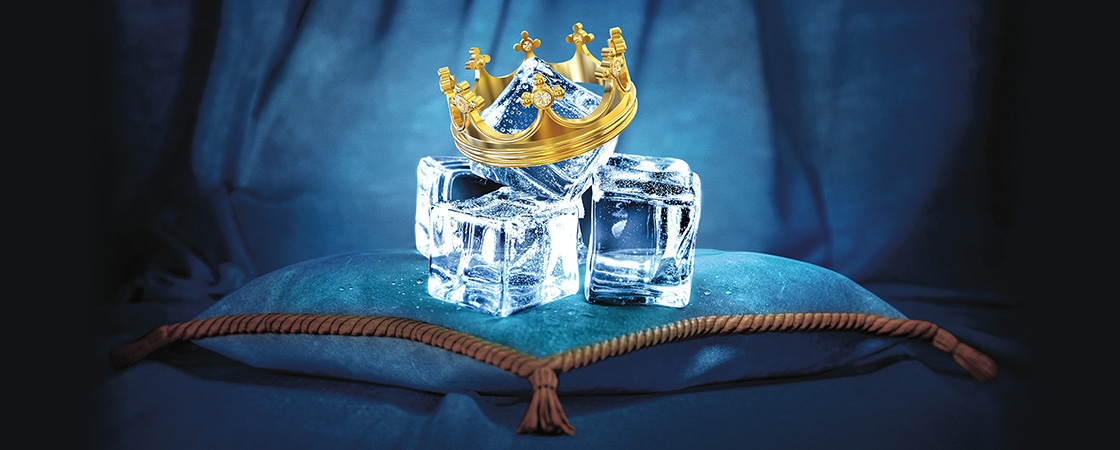Today ice is so common, you hardly notice it clinking in your glass of lemonade. Thanks to the freezer in your kitchen, you can make as much ice as you want—and keep your ice cream frozen even in the most sweltering of summers. But if you traveled back in time a few centuries and asked for ice in your drink, most people would have laughed.
Prior to the 19th century, if you wanted ice, you likely would have done what Nero did: Find it in nature and lug it home. Nero would order groups of men, often enslaved persons, to gather ice from blustery mountains and frozen rivers and lakes. The men used saws and sharp metal tools to hack off giant chunks. Next, the chunks were painstakingly loaded onto sleds or wagons and hauled away by horses. The ice was then stored in large pits dug into the ground, where it would remain frozen for months.
Over the centuries, ice harvesting, as it was called, became more common. By the 1700s, many wealthy Americans had icehouses on their properties. These small, insulated buildings could keep ice harvested in winter frozen long after the snows melted. During warm weather, this ice was used to keep food fresh. More deliciously, it could also be used to make ice cream. But ice remained a luxury only the rich could afford.
Still, even the richest Americans couldn’t have ice unless they lived near an ice-topped mountain or in a place where temperatures dropped below freezing. A millionaire in Florida might have been able to buy a pile of diamonds, but no amount of money could have procured an icy drink in steamy weather. There was simply no way to make ice in many parts of the country—or to transport ice from someplace cooler without it melting.
A Boston man named Frederic Tudor changed that.

